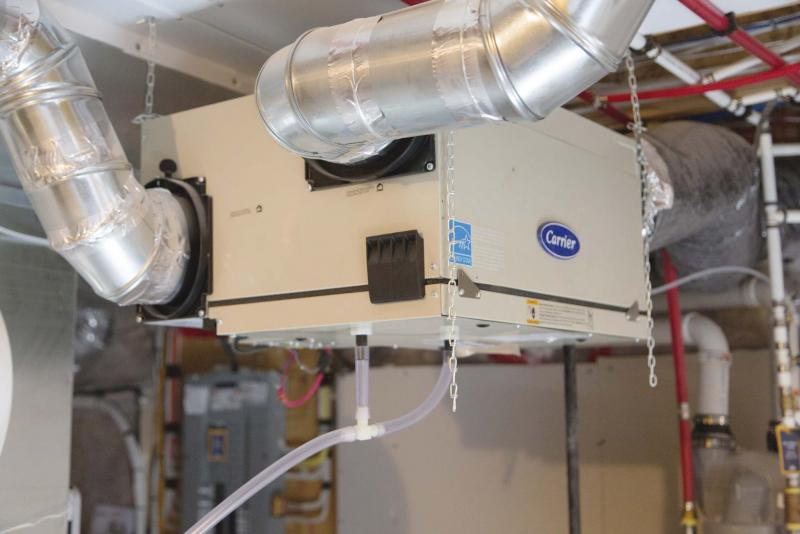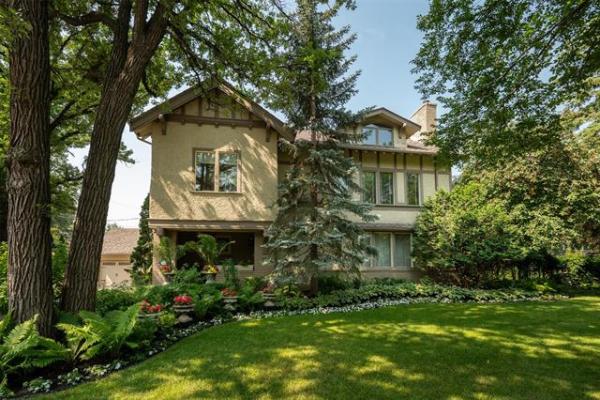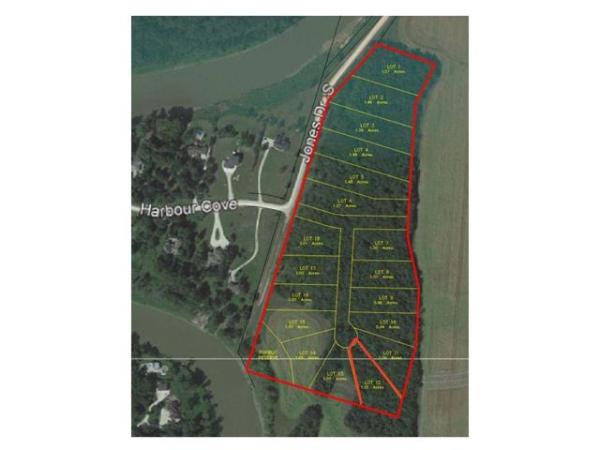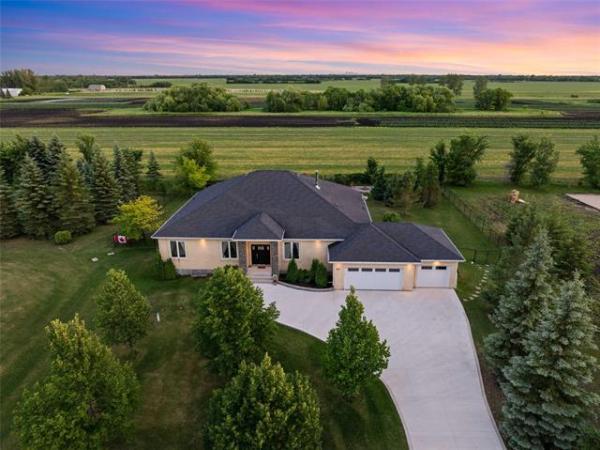Question: Hello, I just read an article online about the use and operation of a heat recovery ventilator (HRV) in the home. We live in northern Ontario and my HRV is always on in the winter and we have a dehumidistat on the control. I set the control based on the outside temperature. From 0 C to -12 C I set it at 40 per cent, from -12 C to -18 C I set it at 35 per cent, from -18 C or colder I set it at 25 per cent.
Does the thermostat need to be set at a certain indoor temperature? At night, our thermostat turns down the heat to 19 C. Will our dehumidistat still function properly and efficiently? Even though the HRV runs and the dehumidistat is set, I still have condensation on my windows. Are we running our equipment correctly?
Do you have any suggestions?
— Michelle Anderson
Answer: Using the dehumidistat function on an HRV in the heating season is the most effective way to maintain proper relative humidity and maintain a reasonable amount of air exchange to have good indoor air quality. This should be able to prevent excessive window condensation, and other moisture issues, if it is well maintained and set up correctly.
I regularly receive inquiries about proper use and function of heat recovery ventilators (HRVs) despite their more common installation and use in recent years. I still see units that are installed incorrectly or, more often, have improper control setup, but that is becoming increasingly less common. Since these ventilation systems have become mandatory in new homes, several years ago in our area, the installation and functioning has dramatically improved. Still, there seems to be a lot of confusion among homeowners about proper settings, function and maintenance.
One of the reasons for this confusion may be the increasing number of manufacturers and models available. When I started seeing these units in our area, there were only a few manufacturers, with similar controls. Most of these had a simple dehumidistat control, with guideline markings for either the outside temperature or a percentage RH (relative humidity). Operating these standard models was no more difficult that turning on the manual control switch on the main control or in bathrooms, or simply setting the dehumidistat. Many models now have these same controls but also more confusing functions such as timed sequences. These timed functions may also have multiple options, with on and off sequences between 15 minutes to one hour for operation/pause modes. To make it even more confusing, most units have either a low- and high-speed setting for the fan or multiple speed settings.
The first thing to establish with your HRV is that it is set up to function only with the dehumidistat when that is used. The timed cycles, if available, should not operate when using the dehumidistat function. If they do, they may render your settings useless, as the RH will drop when the unit is running and rise when it is in the pause mode. That will not achieve the approximate RH you desire, but may raise and lower the RH depending on run time only. If your control is set up as recommended, then you are operating it properly and your settings appear to be well within the normal range for the winter heating season. Dropping the temperature on your thermostat at night should have little effect, other than raising the RH slightly, which should cause the HRV to run more frequently.
If your windows still fog up during the daytime with the proper settings you are using, there may be other factors causing this issue. If your windows only fog up at night, that may be because you are closing heavy curtains or blinds over the cool windows, trapping warmer air behind. Once this air cools, it will condense on the cold glass and not be able to evaporate readily because of the window coverings. The simple solution is to open the blinds before going to sleep, at least partially, to allow the warm air from the furnace registers to initiate evaporation and clear the fog.
If there are other moisture-related signs in the home, despite your proper settings and open blinds, additional maintenance may be required. All HRVs have washable filters and a main core that require regular cleaning. Most units suggest washing the filters three or four times a year, while removing and cleaning the core once or twice annually. On top of that, the intake and exhaust vent hoods on the exterior of the house should be inspected several times a year. These can easily become damaged, blocked with dirt and debris or obstructed by vegetation or other outside fixtures. Cleaning the vent hoods may be as simple as wiping with a wet rag or soft brush, but could severely affect the operation of the HRV if blocked.
Similarly, dirty filters could prevent proper function, but if all of those items are clean, other possibilities are a damaged unit.
Most HRVs have a defrost mechanism, to prevent a lack of function if the ducts or other area become blocked with ice. This can happen, and if the defrost cycle is not operating properly, the HRV will not work correctly. Calling a licensed HVAC technician for servicing, who has experience with your particular brand of HRV, may be the ultimate solution.
Your knowledge and use of the HRV appears to be right on the mark, but may be inadequate for proper function if the unit is excessively dirty or needs repairs. Addressing those items, and leaving window coverings open before retiring at night, should leave you with a properly maintained and ventilated home.
Ari Marantz is the owner of Trained Eye Home Inspection Ltd. and the past president of the Canadian Association of Home & Property Inspectors — Manitoba (cahpi.mb.ca). Questions can be emailed to the address below. Ari can be reached at 204-291-5358 or check out his website at trainedeye.ca.
trainedeye@iname.com




